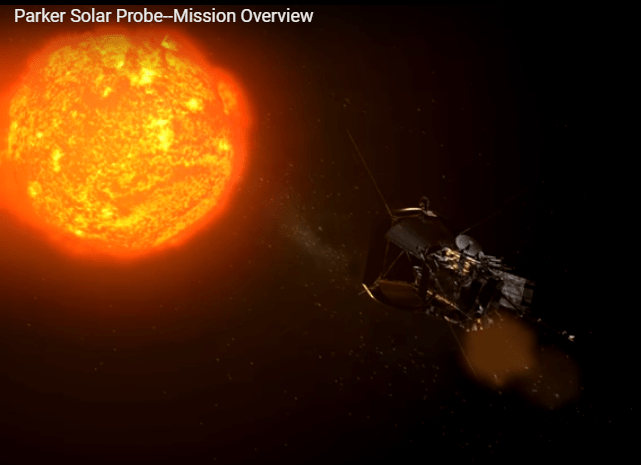
NASA has selected two science missions – the Multi-slit Solar Explorer (MUSE) and HelioSwarm – to help improve our understanding of the dynamics of the Sun, the Sun-Earth connection, and the constantly changing space environment.
- These missions will provide deeper insights into our universe and offer critical information to help protect astronauts, satellites, and communications signals such as GPS.
About MUSE
- The MUSE mission will help scientists understand the forces driving the heating of the Sun’s corona and the eruptions in that outermost region that are at the foundation of space weather.
- The mission will offer deeper insight into the physics of the solar atmosphere by using a powerful instrument known as a multi-slit spectrometer to observe the Sun’s extreme ultraviolet radiation and obtain the highest resolution images ever captured of the solar transition region and the corona.
- The primary goal of the MUSE mission is to investigate the causes of coronal heating and instability, such as flares and coronal mass ejections, and gain insight into the basic plasma properties of the corona.
HelioSwarm
- The HelioSwarm mission is a constellation or “swarm” of nine spacecraft that will capture the first multiscale in-space measurements of fluctuations in the magnetic field and motions of the solar wind known as solar wind turbulence.
- The Sun’s outermost atmospheric layer, the heliosphere, encompasses an enormous region of the solar system.
- Solar winds spread through the heliosphere, and their interactions with planetary magnetospheres and disruptions such as coronal mass ejections affect their turbulence.
GS TIMES UPSC PRELIMS & MAINS CURRENT AFFAIRS BASED BASICS DAILY ONLINE TEST CLICK HERE
CLICK HERE DAILY CURRENT AFFAIRS QUIZ FOR STATE CIVIL SERVICES


